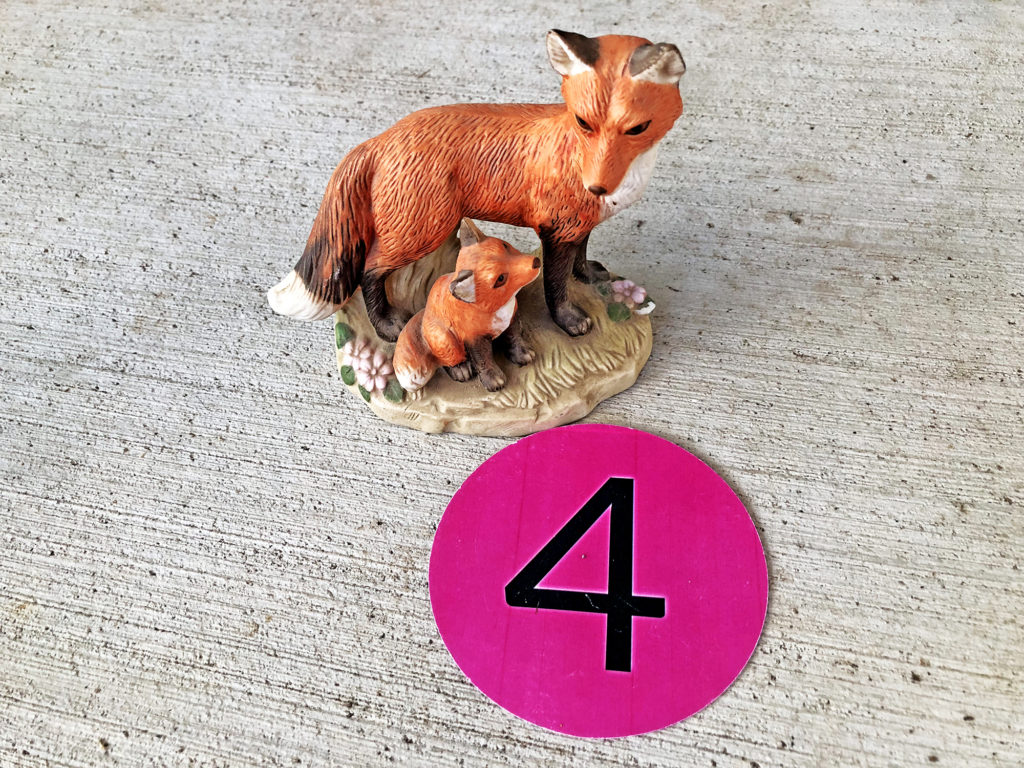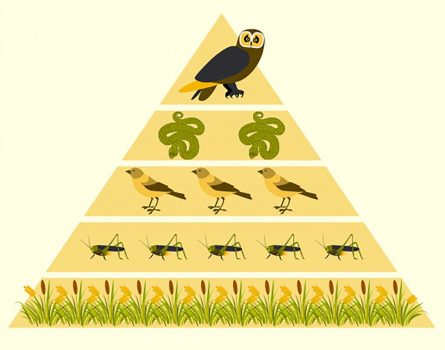
Food Webs
Food Webs
Since animals require other organisms as a continual food source, they (we) are immeshed in a web of life.
Learning Objective: Map the nutrient cycling and energy flow through the trophic levels of a terrestrial and an aquatic food web.


Food webs start with an understanding of “who eats who,” and quickly reveals complexities, including energy loss and nutrient cycling.
We’ll start with the fundamentals of food webs.
Watch this video; you can select the closed captioning “cc” option if you would like to see the text.
This video is a demo of a basic food web.
Food web concepts can be applied to a variety of ecosystems, including deserts.
Another perspective on food webs, this time in the context of marine ecosystems.
The next section focuses on the largest group of animals, the herbivores.











